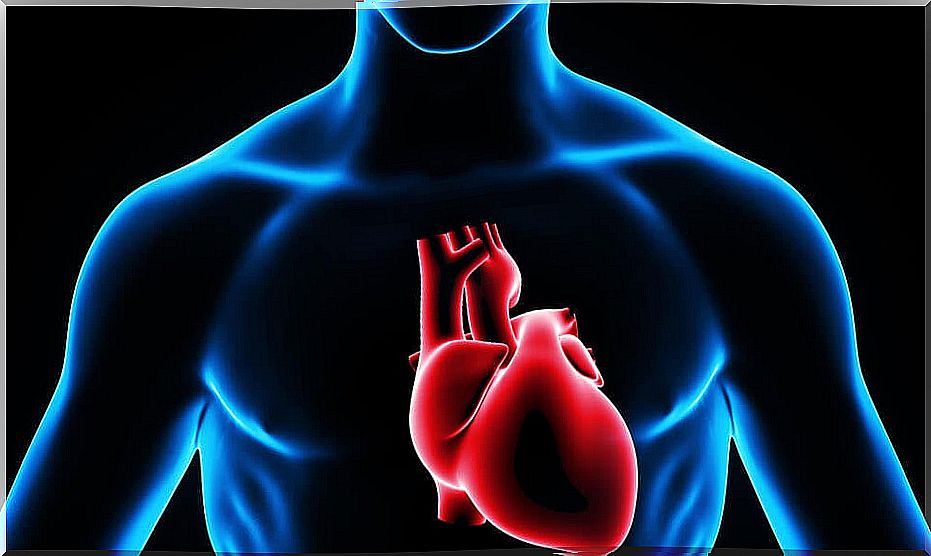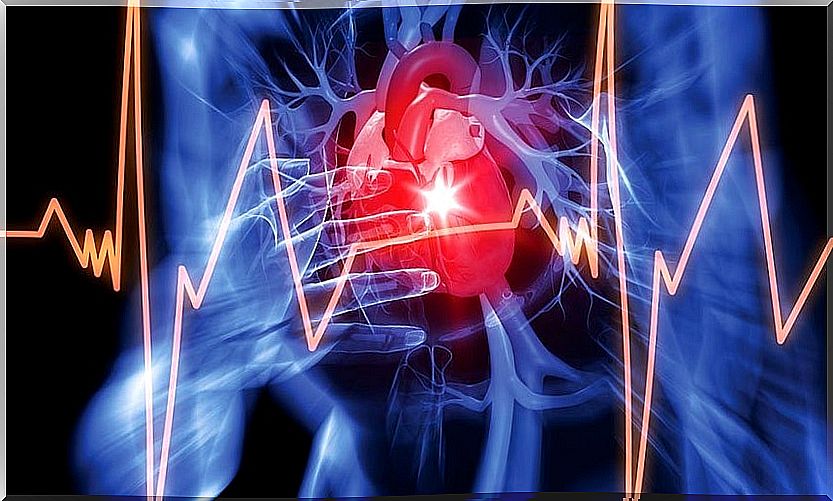Interpretation Of Heart Murmurs
Heart murmurs are the most frequent reason for consultation in pediatric cardiology. Most of the cases are referred from the pediatric consultation in primary care, and it is here that the first doubts are raised about the nature of the murmur: functional or organic.
Heart murmurs are the result of turbulence in the blood flow. These turbulences produce sound waves that can be heard using an instrument called a stethoscope. Some murmurs, in fact, can be heard directly with the ear.
However, in a child with no history and no symptoms of a disease, the diagnosis of heart murmurs can be made by auscultation. Diagnostic accuracy depends largely on the acuity of the physician conducting the auscultation.
Characteristics of heart murmurs

To correctly interpret heart murmurs, it is important to be systematically attentive to the components of the cardiac cycle. It should also be noted that both respiratory movements and postural changes and certain maneuvers can provide important information.
When heart murmurs are present during the cardiac examination, a number of aspects that characterize them should be taken into account:
- Location in the cardiac cycle : they must be located and related to heart sounds. Thus, systolic, diastolic and continuous murmurs are distinguished.
- Intensity: Heart murmurs are graded according to their intensity. Although you can make a 6-degree scale, the most common is to make a 4-degree scale.
- Location: it is useful to identify the place of maximum intensity of the murmur, since it is what will often guide the diagnosis.
- Irradiation: it is the transmission of the murmur from the focus of maximum intensity to another area.
- Duration: depending on its extension in systole and diastole, we speak of short or long murmurs.
- Morphology: it is the dynamic aspect of the murmur.
- Timbre: sound characteristic caused by the presence of harmonics or musical overtones, rude, expiratory, etc.
Classification of heart murmurs according to intensity
As we have mentioned, murmurs can be classified into 4 degrees:
- Grade 1/4 : heard with some difficulty.
- Grade 2/4 : heard when the stethoscope is placed on the chest.
- Grade 3/4 : very easy to hear, since it is intense.
- Grade 4/4 : is accompanied by a palpable thrill or vibration in the chest wall.
Types of murmurs

Systolic murmurs
Systolic murmurs appear during systole, as the name suggests. In turn, they can be classified into 4 types: pansystolic, ejection, proto-systolic, and meso or end-systolic.
Pansystolic murmurs occupy the entire systole without varying their morphology, which is rectangular. In addition, they tend to disappear in the insufficiency of the atrioventricular valves, and in the majority of interventricular communications.
On the other hand, ejecta are rhomboidal murmurs and are heard when the patient suffers from stenosis in the ventricular outflow tracts or of the pulmonary or aortic valves.
As for the early systolic, they begin when the atrioventricular valves close and decrease in intensity until they end before the sigmoid valves close. They are characteristic of small muscular VSDs.
Lastly, end-systolic or meso-heart murmurs are short. They are located in the middle or at the end of the systole respectively. They are usually associated with a mild pathology of the mitral valve.
Diastolic murmurs
They are noises produced during diastole. Any isolated diastolic murmur is pathological. They can be classified as follows:
- Protodiastolic: they are short and of decreasing intensity. They are produced by the insufficiency of the sigmoid valves.
- Mesodiastolic: they have a rhomboid shape and occupy the center of diastole. They are produced by an increase in flow through the atrioventricular valves.
- End-diastolic: occupy the end of diastole. They tend to be of increasing intensity and are characteristic of mitral or tricuspid stenosis.
Continuous murmurs
These murmurs originate in systole and end in diastole. They occur when there is a communication between an arterial and a venous vessel. Functional or innocent murmurs are the most frequent.
These types of murmurs are heard in half of the children, although this percentage can increase to 80% if the examination is done in situations that increase the heart rate.
They exclude, by definition, the existence of any suspicious symptoms of cardiovascular disease. Some more common functional murmurs are Still’s vibratory systolic murmur, pulmonary ejection murmur, aortic ejection murmur, and venous hum.
Ultimately, being aware of the existence of murmurs and how they are detected will always be useful. They are usually found in childhood, but usually do not lead to major problems.









